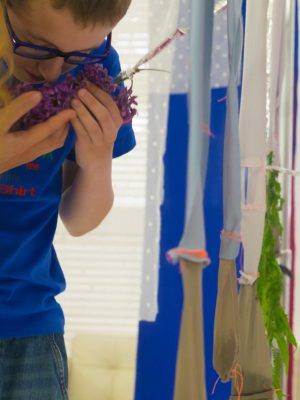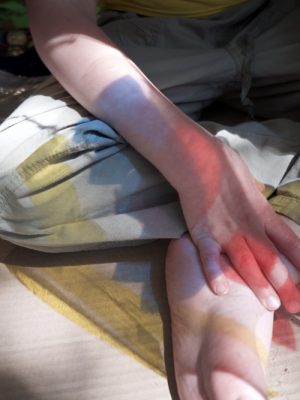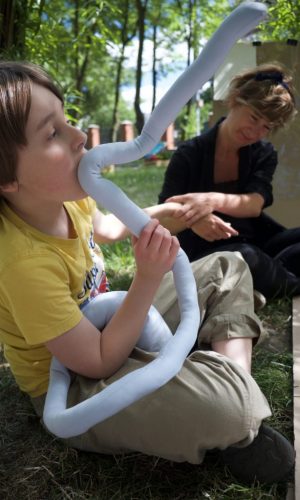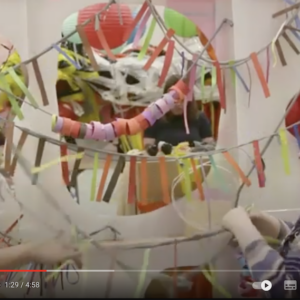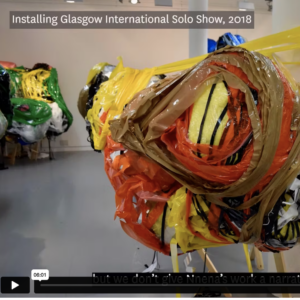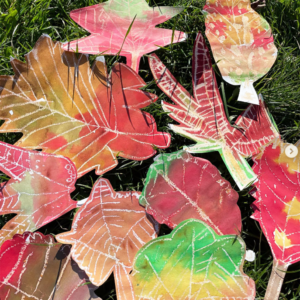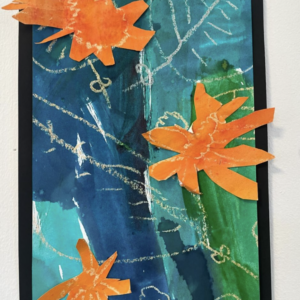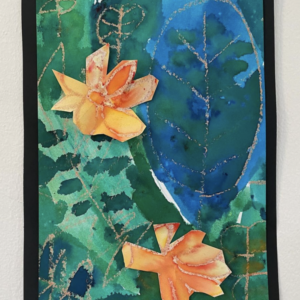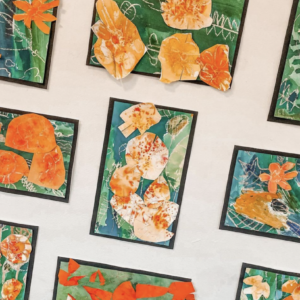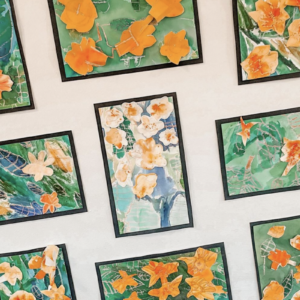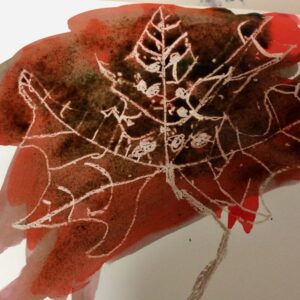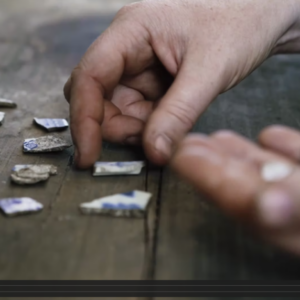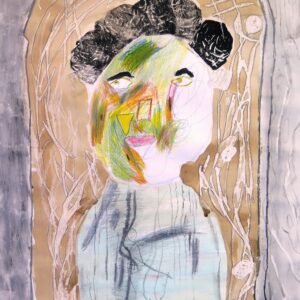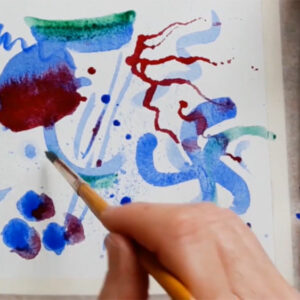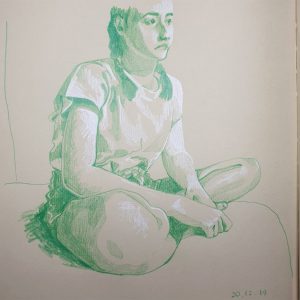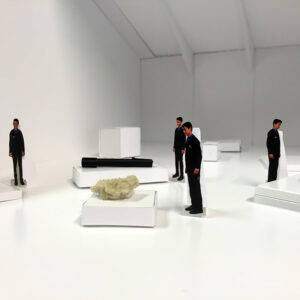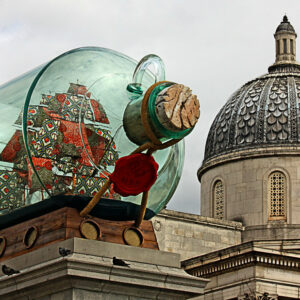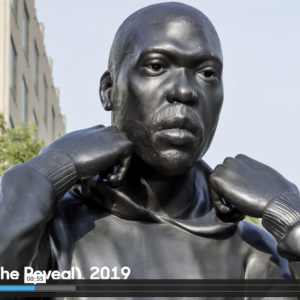Artist, Sarah Evelyn Marsh shares autism-friendly strategies through a series of creative workshops she facilitated in a contemporary gallery in Gdansk, Poland.
Sarah developed a six week project for a small group of families whose children were on the autistic spectrum, one of the group also showed traits of Aspergers. The project was called Space in the Process, and through open-ended engagement with constructed spaces and handmade sensory-inspired objects, the group explored ideas and activities that developed a creative language and kick-started a dialogue with the gallery to deepen engagement with the families.
To Connect
At the beginning of the project it was important to take time getting used to each other, the learning space and the surrounding environment. Below is a list of considerations you may find helpful to use in your own learning spaces. Be aware of the daily sounds, smells and other textures of life in your learning space; a constant humming noise or flickering light may be stressful for a child with autism. Allow time for everyone to feel their way in the space; connections may be made through the use of different senses and body parts. Read More
To Conceal
During the six week project, the group explored different themes and actions, some of these were displayed through learning schemas. In week 2 we experimented with different ways to conceal ourselves and objects; schemas such as enveloping and enclosure were exhibited by the group.Read More
To Colour
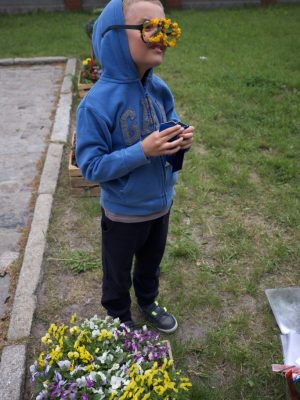
Two of the sessions explored the theme of colour. The first was rather abstract, I asked questions such as; What does colour smell like? What does colour feel like?
For a child on the autistic spectrum, a question like this may be confusing, some autistic people think and understand literally. So instead of directing these questions at the children, I answered and speculated on them myself. These abstract questions became vehicles for the workshops documented below. Read More
To Construct
In my final post on the project, I want to reflect on the theme of To Construct… looking at the different ways we constructed during the project. Please remember this is a personal and artistic reflection, based on the ideas I presented and the (emotional and physical) reactions and responses of the children and their families, who inspired changes and the development of the project as we experienced it. Read More
